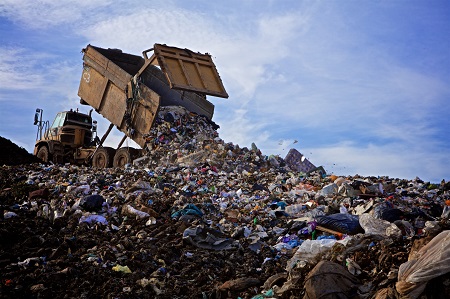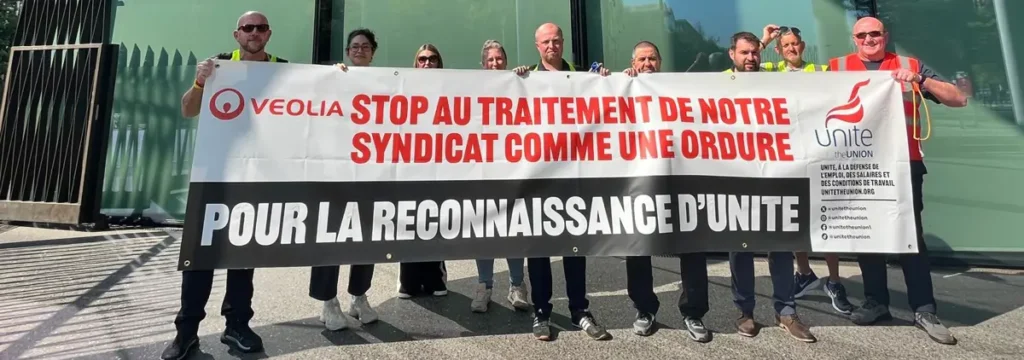SEPA’s Landfill Sector Plan also looks to harness innovation and help the sector responsibly manage site closures and aftercare.

It is one of 16 sector plans being launched this year in line with the regulator’s One Planet Prosperity strategy – which reflects the challenge all nations face of reducing the over-use of the planet’s natural resources.
According to SEPA, in response to “mounting scientific evidence” about climate change, resource scarcity and security, the sector plans set out a range of actions to help all regulated businesses meet – and go beyond – their compliance obligations.
Regulatory powers
“This plan is ambitious,” says SEPA chief executive Terry A’Hearn. “It spells out how we will use our full suite of regulatory powers, including the creation of a new national enforcement team, in clearer and more powerful ways. It also sets out some new ways such as novel partnerships that we will develop and use to support innovation and transformation in this sector.
“As Scotland’s environmental regulator, we’ll work to ensure operators protect the environment from the impacts of landfilling and ensure that communities are safeguarded. As some wastes break down, they produce powerful emissions such as leachate (a highly polluting liquid that poses a risk to downgrading surface water quality and groundwater aquifers if not adequately contained, extracted and treated) and powerful greenhouse gases such as methane that contribute to climate change.”
There are currently 55 operational landfill sites and 217 non-operational sites regulated by SEPA in Scotland.
Scotland’s landfills provide a waste management solution for the disposal of around 4 million tonnes of waste each year, SEPA notes. Over the next three years, SEPA said it expects to see between 1.3 million to 2 million tonnes of waste a year move from landfill as a result of the Scottish Government’s 2021 ban on the landfilling of biodegradable municipal waste.

The Scottish Government’s target is that by 2025, only 5% of waste will be disposed of via landfill, SEPA said.
“The transition to a circular economy is an environmental and economic win-win for Scotland,” Mr A’Hearn added. “That said, it’s important that we work to ensure operators responsibly manage site closures and aftercare.”
Sector Plans aim to systematically identify the compliance issues that need to be tackled by sector – and help identify the biggest opportunities to support sectors in going beyond compliance.
Actions
In its Landfill Sector Plan, SEPA sets out a number of actions to improve compliance – and to “go beyond compliance” to help Scotland achieve its circular economy ambitions. These include:
- Focusing regulatory effort, including enforcement interventions, at sites with the worst compliance records and those with greatest community impact.
- Supporting operators to prepare for the ban on landfilling biodegradable municipal waste from 1 January 2021 and the target of no more than 5% residual waste to landfill by 2025.
- Working with operators to ensure that all extractable landfill gas is utilised or, where this is not technically feasible, converted into less harmful gases.
- Identifying opportunities to help the landfill sector to develop and share best practice examples that support compliant operations.
- Developing effective intervention strategies to disrupt and deter illegal activity in partnership with Police Scotland, local authorities, industry trade bodies, other UK environment agencies and other relevant partners.
- Working with partners to support development of alternative products for landfill engineering, potentially reducing the reliance on virgin quarried clay.
- Developing a forum for businesses to work in partnership with SEPA and other stakeholders to consider the sources of the energy used, with the aim of moving away from fossil fuels.
- Working co-operatively with the landfill sector, communities and other partners to promote and develop sustainable land uses for restored landfills.
Related links
Landfill Sector Plan








Subscribe for free